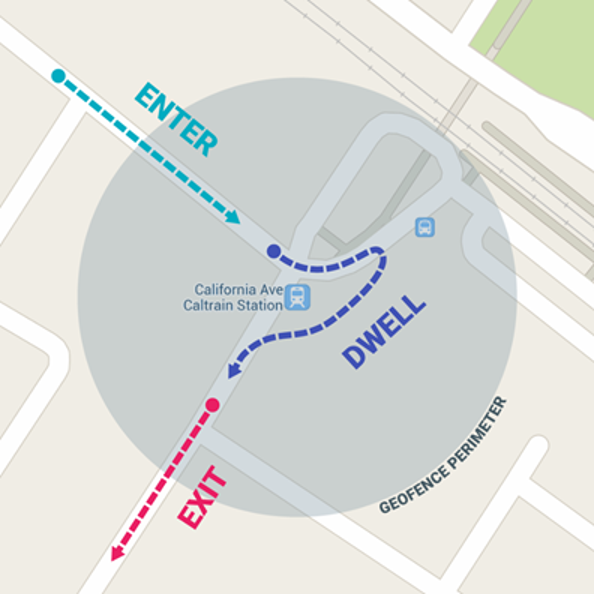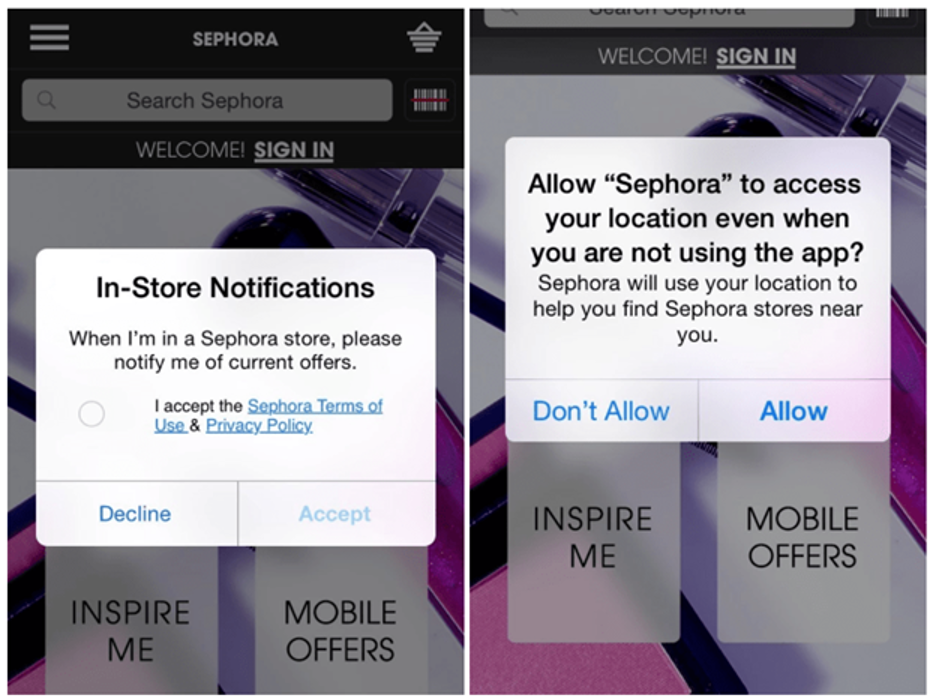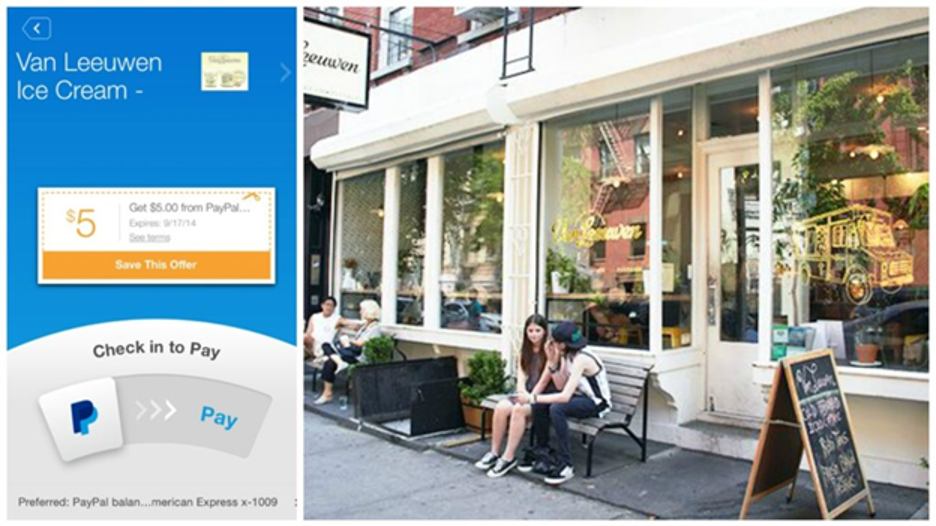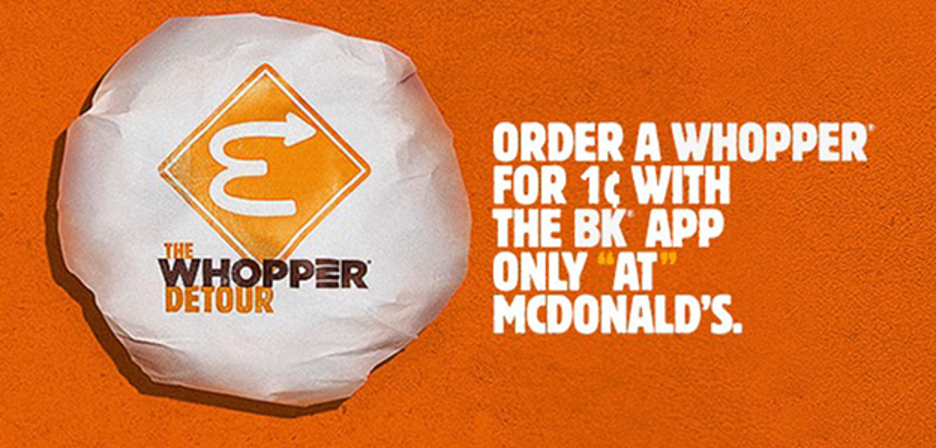Location-based marketing creates a unique opportunity for advertisers and marketers to reach consumers based on specific places they visit. With geofencing, advertisers can create and target audiences through custom targeting shapes with remarkable precision.
When you’re able to target your audience based on their physical location, unique opportunities arise. From creating specialized push notifications to collecting better campaign analytics, there are a variety of ways to leverage these virtual boundaries.
In this article, we’ll walk you through what geofencing is, a few of its key benefits, and how marketers can begin to leverage this technology in new and innovative ways.
What is Geofencing?
Geofencing marketing is location-based marketing that lets you connect with smartphone users in a designated geographic area. Because it’s location-based, geofencing relies on a mix of GPS, Wi-Fi, radio-frequency identification (RFID) and Bluetooth.
Geofences work in three simple steps. First, a virtual boundary is created around a physical location. Next, a user (and their mobile device) will pass into the geofenced location. Once they do, it will trigger an ad to be served from your campaign to their phone.
According to a BIA/Kelsey study, location-based mobile advertising is predicted to increase to $38.7 billion by 2022. Because consumers are increasingly likely to have their smartphones by their side, an abundance of opportunity is possible for reaching your audience and creating conversions at the perfect time and place.
Geofencing vs. Geotargeting
Although geotargeting is a common term, it’s distinct from geofencing. Geotargeting is focused on a specific set of users who are in the vicinity of a geolocation area, whereas geofencing sets up a boundary that triggers certain ads to display when users cross in and out of the fenced area.
Because geotargeting is focused on the area instead of movement in and out of the fenced area, it’s limited to bottom-of-the-funnel campaigns. In contrast, geofencing has a variety of programmatic capabilities that allow for targeted prospecting, retargeting, and overall allows marketers to address all parts of the buyer’s journey.
Key Benefits and Features of Geofencing
As mentioned above, geofencing is ripe with targeting opportunities. Let’s explore a few more benefits in detail.
Measuring Results Through Conversion Zones
Geofencing with conversion zones allows for better data on tracking and measuring online-to-offline conversions.
A conversion zone works by creating a virtual boundary around your business. If a prospect goes on to visit your conversion zone after having been served an ad associated with the campaign, that user will be counted as a conversion.
It is important to interpret and use this data properly. Especially if you are a business for whom some store visits are much more profitable than others. But on the whole, it is incredibly valuable to be able to tie offline conversions to digital campaigns in this way.
Competitive Conquesting Campaigns
Geofencing also enables you to target prospects who have visited your competitor’s locations. For example, as a new health food restaurant, you may choose to target people who live in your city and have visited one of the vegetarian establishments in your area.
Programmatic Retargeting Across Time
Marketers can also use geo-fencing to retarget audiences who were in a certain place in the past with astonishing precision. For example, if sports fans attended a team game in the past, you could target them for future ticket sales—even up to 30 days after the event.
Double Up on Precision with Beacon Technology
You can think of geofencing as targeting a “macro-location” of up to 50 meters, and beacons as a “micro-location”—such as offering location-based services indoors. Although beacon technology is separate from geofencing, they’re often used together to create high-converting results.
For example, let’s say there is a store in the local mall that uses geofencing marketing. The store could trigger a promotional notification when a user walks near the mall. But, beacons could be used to help direct the user to the store once they’re inside.
Addressable Geofencing
Addressable geofencing allows marketers to target individual households and businesses with precision. By creating a geofence around each address, marketers can target users associated with those locations across multiple devices.
By using addressable geofencing, marketers can reach users with digitals ads on their computers, smartphones, video, display and over-the-top or connected TV. Addressable geofencing can be used as a standalone campaign, or to complement existing campaigns such as mail, programmatic TV ads and other marketing efforts.
Geofencing Use Cases
Geofencing creates a variety of opportunities to leverage location-based marketing. Here are a few key examples of geofencing use cases.
Layer Geofencing Data with Other Programmatic Audience Data
Combining geofencing capabilities with third-party audience data available in programmatic display is a great way to get efficient CPMs and CPAs on local leads.
For instance, you can target a cross-section of prospects with an interest in health and wellness (as demonstrated by their browsing and search query history) and within a certain radius from your business. You can go a step further with contextual targeting of local media groups.
Combine Geofencing with Local Ads to Increase Foot Traffic
Google local service ads can increase foot traffic to brick and mortar locations. Up to 75% of local searches turn into in-store visits within 24 hours. By using paid search (especially Google Ads) and geofences that target the sites relevant to your business, you can reach your audience in a place that best suits your campaign and encourage in-person visits.
From reaching moms on a neighborhood playground to targeting professionals who visit the gas station, there’s a variety of ways to leverage location to reach your ideal audience.
Target Competitor Locations to Reach ‘Ready-to-Buy’ Customers
A simple and straightforward way to find your ideal customer is to geofence your competitors. By serving highly targeted ads to users you know are in the market for your products or services, you’ll have the chance to convince consumers to make the switch to your business over another.
The best way to use this capability is in two steps. First, create a geofence around your competitor’s locations to reach shoppers who recently visited those sites. Then, create a conversion zone around your location so you can track and measure who visited the competitor, saw the ad and then went on to visit your business.
Some use cases for this could include price matching your competitors, creating timely offers, and crafting promotions based on past purchasing behavior.
Leverage Time and Date to Retarget Ideal Customers
Event targeting uses location data to know which users visited a geofenced area during a specific time and date window. With the ability to target customers down to the hour, marketers can reach potential customers who attended a specific event, recently visited a competitor and more.
For example, a construction company could target a conference of city planners and advertise to them with highly targeted messages after the conference. Another example could be retargeting people who passed by a local business during a festival and encouraging them to make a visit.
Increase Customer Loyalty Through Retargeting
Outside of bringing in new clients, geofencing can also be used to increase opportunities for customer loyalty. By targeting individuals who have visited your business in the past, marketers can offer special promotions, loyalty coupons and more. Geofencing can also be used to retarget shoppers within a few days or weeks after their purchase.
For example, a clothing store chain could geofence their locations to retarget fashion enthusiasts and promote new seasonal trends. With programmatic abilities, the clothing store could also only target people during high foot-traffic periods of the day.
5 Steps to Running a Successful Geofenced Campaign
Let’s take a deep dive into some actionable advice for each successive element of the geofencing process.
Step 1: Creating Geofences
Once you’ve chosen your target audience and where you’d like to reach them, it’s time to create your geofence.
There are two main ways to design your geofence: around a point location or around a predefined set of boundaries. As an example, a point location geofence might be the half-mile around a bus station. A predefined set of boundaries might be a school zone, neighborhood, or shopping mall.
When you’re using geofencing to encourage in-person visits, the rule of thumb is to ensure that your customer is only a five-minute walk away from your store. This way they’re more likely to take action on your ad, and you’ll see a better return on ad spend (ROAS).
Step 2: Using “Enter” and “Exit” Conditions
For each geofence, you can request entrance and exit events. You can also specify a duration within the geofenced area to wait, or dwell before triggering a campaign or event.
Someone entering your geofence is the best time to inspire action. For example, a store could send a push notification when a user has entered within 200 meters of a participating store. By including a discount or special promotion, you can inspire a user to make a quick visit.
As someone exits your geofence, it’s recommended to add them to your retargeting efforts so that they can become eligible to receive ads for up to 30 days afterward.

Step 3: Blending Geofences with Behavioral Targeting
Triggering notifications based on location isn’t particularly new. However, by using programmatic capabilities to add a layer of behavioral data, marketers can create highly targeted campaigns based on time, date, location, and special insights such as demographic information, buying habits, interests, online browsing behavior, past purchases and more.
By also using behavioral data, marketers can create highly specific campaigns that add extra value to the user by being relevant to their interests and past purchases. For example, a luxury store in a mall can choose to target a certain age and income to ensure they’re reaching those who are most likely to become customers.
Step 4: Design Geofencing Ad Creative
As you create your geofence ad creatives, it’s important to consider your audience. Test static ads, GIFs and video content to catch your customer’s attention.
Be sure to use copy that is highly relevant and speaks directly to your audience. By using engaging phrasing such as, “You’re in the neighborhood!” or “Come on in”, you can help the user know they’re nearby and increase foot traffic.
Your copy should also include a call-to-action that makes the value clear. For example, “50% off today only” or “10% off when you show this notification” clearly states the benefit of following through with the ad.
Step 5: Analyze & Optimize Campaign Based on Data
Although geofencing has excellent ROI, like any marketing tool, its campaigns can be refined and optimized. Skipping out on reviewing geofenced ad performance can mean missing opportunities to reach more leads and inspire more conversions.
Key metrics to analyze for geofenced campaigns include cost per visit (CPV), view through visits, total visit rate (TVR) and click-through visits. Note that you’ll need to interpret the metrics based on your business’s needs. For example, if your campaign aims to increase the purchase of expensive items, strictly looking at an increase specific to in-store visits won’t reflect if you’re achieving that goal.
Through strategic A/B testing, you can pick and choose which elements to change. Run these tests consistently to create a better geofencing campaign and generate more valuable results for your business.
Four Memorable Geofencing Advertising Campaigns
As you can imagine, the combination of time and location creates opportunities for highly relevant and impactful advertising. Here are a few examples of memorable geofencing advertising campaigns.
Increasing Customer Loyalty: Sephora “Store Companion”
Sephora’s mobile app (called the ‘store companion’) kicks in as soon as the customer walks into the store. The app pulls up past purchases, product recommendations, reviews, limited-edition offers and information on their wish-list item availability. Sephora also notifies their users if they have an unspent gift card once they enter a geofenced zone close to Sephora.
By using geofence technology, the Sephora app increases customer satisfaction and loyalty by creating a fun, functional and seamless customer experience.

Boosting Foot Traffic: Ice Cream Brand Van Leuween
Van Leuween, an artisan ice cream store in New York, encouraged users to use mobile payment options through the PayPal app. Since they could now track the location of the user, they leveraged geofencing to detect when a consumer was near a Van Leuween store.
Van Leuween then enticed users to visit in person by offering special promotions and deals. The combination of mobile payment convenience and a discount proved to be just as irresistible as their gourmet ice cream.

Attracting Talent: Johns Hopkins University
Johns Hopkins All Children’s Hospital used geofencing marketing to reach talent for open positions. By using geofencing, the hospital was able to target people who lived or worked nearby.
The hospital created targeted social media ads that appeared in qualified users’ news feeds to advertise open job opportunities. In this instance, they targeted people who had specialized experience in pediatrics.
Whether it was a Facebook or LinkedIn profile, Johns Hopkins used their information to show ads to potential candidates. It was a creative use of geofencing marketing and helped them reach valuable and qualified candidates.
Geoconquesting: Burger King Targeted Customers Near McDonald’s
Burger King’s “Whopper Detour,” involved creating a 600-ft geofence around McDonald’s restaurants. Burger King told their customers to go to McDonald’s, with the catch that as soon as they entered the virtual boundary, they could unlock a deal for a one-cent Whopper burger on the Burger King app. The risky and unique promotion earned Burger King 1.5 million app downloads and 3.3 billion impressions.

Conclusion
Personalized marketing is one of the most effective ways to reach your target audience. And as 80% of consumers are more likely to make a purchase from a brand that provides personalized experiences, it’s time to ensure that your campaign is reaching the right people, at the right time and the right place.
Take your programmatic advertising to the next level, promote your brand and drive revenue to your clients with geofencing advertising.
Image Source
Image 1: Android Developers
Image 2: Sephora
Image 3: Van Leuween
Image 4: Burger King

